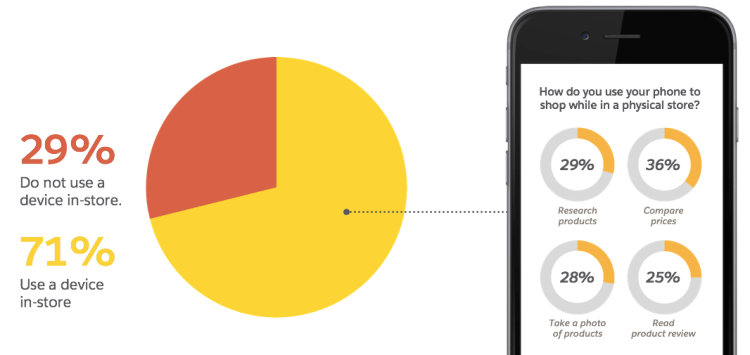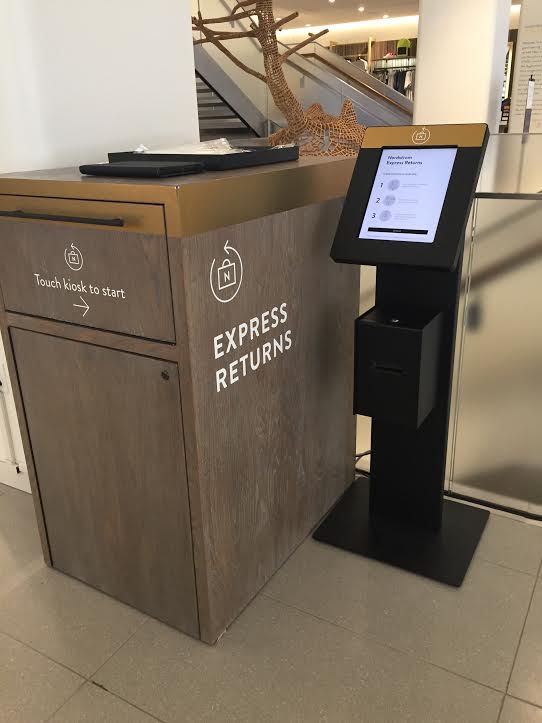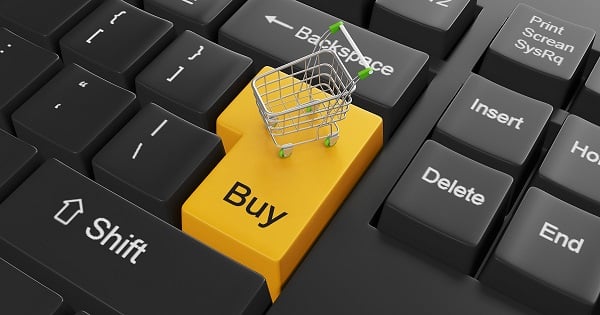The Key to the Survival of Brick and Mortar Businesses
By Rob Garf, Industry Strategy and Insights, Salesforce Commerce Cloud, VP
I spent my formative years — both in childhood and the early days of my career — in brick-and-mortar stores. I’m clearly passionate, if not a bit biased, about the role that physical stores play in attracting both customer attention and dollars. In the US, 90% of retail revenue still comes from stores and it’s easy to see why the in-store experience is still vital for both a retailer’s and brand’s livelihood today.
In Malaysia, online retail is growing, yes. This is supported by Euromonitor International’s research which indicated that internet retailing grew from RM1.29 billion in 2012 to RM5.09 billion in 2017. However, there is also a growing trend of online retailers opening brick and mortar stores, according to Retail Group Malaysia (RGM) managing director Tan Hai Hsin.
Lately, I’ve been traveling the country to discuss the latest transformations in retail with the Salesforce customers. One topic that always seems to stir up the most passionate conversations is the idea of omni-channel retail — or, in other words, being present wherever shoppers are.
Looking at the future of retail in Malaysia, Tan said in a report by The Sun Daily: “The future of retailers should be multi-channel. A retailer is no longer able to operate solely based on physical store, they need to sell their products via other channels as well.
Most retailers agree that an increasing number of interactions and transactions are happening outside of brick-and-mortar stores — through social, messaging, and marketplaces. And in spite of what you might hear in the news about stores shuttering in the face of e-commerce, they are still far from passé.
In today’s rapidly changing retail renaissance, brick-and-mortar locations can be seamlessly woven in with their virtual destinations as a point of competitive differentiation: tactile experiences bolstered by unique products, flexible fulfillment options, and personalised shopper-centric services.
The Salesforce Shopper-First Retailing report confirms the importance of physical stores. The report examines today’s retail landscape through the actions, voices, and eyes of shoppers, combining behavioural insights from half a billion shoppers worldwide, survey data from 6,000 people across six countries, and mystery shopping visits to more than 70 stores.
Here’s a sneak peek at what the research tells us about the state of stores — and why it’s more important than ever before to be wherever your consumers are.
Accelerating Mobile Use Within Stores
Walk around a store today, and you’ll notice that shoppers are constantly on their phones, doing anything from filming Instagram Stories to checking prices. A full 83% of consumers aged 18-44 say they use mobile devices while out shopping, with the top activities being to compare prices, research products, and take product photos.

Shoppers are using mobile to enhance their in-store experience, whether retailers are guiding them in that direction or not. Overall, the latter appears to be the case. We evaluated 70 stores on tactics like in-store app experiences and tailored push notifications. Across those stores, the average mobile score was just 1.74 out of 5. Based on this score, it’s clear that retailers are missing a huge opportunity to marry the mobile and in-store experience, given the fact that consumers are already using their mobile devices while roaming the aisles.
The highest scoring retailers are infusing intelligence in stores through mobile elements. Sephora is a perfect example of this. Sephora’s customers can interact with Color IQ, Fragrance IQ, and Skin Care IQ kiosks, then sync them with their Sephora loyalty accounts. This enables the Sephora app to recommend relevant products from available inventory, based on this information and previous purchases — to purchase on-the-spot when the app is toggled to in-store mode.

Moving from Transaction to Experience
In-store metrics typically revolve around transaction data, like queue, volume, and sales. As an industry, we must move away from thinking merely about the check-out and start considering the check-in, as well. This includes creating a real-life destination that can’t ever be replicated by digital channels.
“Consumer experience” may seem like a buzzword being thrown around a lot today, but experiences are truly the next frontier for retail. Here’s why. While just nine percent of shoppers have taken advantage of invitations to exclusive in-store events, 74% were somewhat or very interested in doing it again. That 74% represents a loyal, engaged audience primed for repeat purchases.
This shows the importance of moving away from transactions and focusing on experiences. For example, Nordstrom Men’s offers a speakeasy bar and barbershop services onsite as well as a 24-hour return kiosk. Diane Von Furstenburg previews its fall collection in a 360-degree, 3D shopping experience — and gives brand fans a behind-the-scenes glimpse at Diane’s iconic office.
American Eagle even provides onsite laundry machines in its flagship location. So, needless to say, transforming the shopping experience from one that’s purely transactional into something more experiential can be a huge differentiator — and loyalty-driver.

Showrooming Isn’t a Four-Letter Word Anymore
Several years ago, showrooming — the consumer practice of visiting stores to evaluate products only to buy them online later — was a common retail complaint.
Omni-channel shopping options like click-and-collect or reserve online and pick up in-store have helped stores gain momentum. Now, we’re seeing the reverse happen: customers place digital orders while in-store and have their items shipped to their homes. In other words, they’re now going from brick to click.
Another way to think of it is showrooming with benefits: Even though 78% of U.S. shoppers in our study said they wanted to leave a store with a product in-hand, 82% said they would be willing to have their products shipped and received at their home within 24 hours, if a store offered it.

Want to know more about how Salesforce can transform a customer’s retail experience, email us at asklava@lavaprotocols.com or call us at 03-7885 9720.
Article first appeared on the Salesforce blog.
Lava is a cloud solutions provider and an authorised Salesforce Partner in Malaysia. We have more than a decade of experience in cloud solutions which includes marketing automation, CRM implementation, change management, and consultation. We pride ourselves in not just being a CRM partner but in also understanding the needs of our customers and taking their business to the next level.

